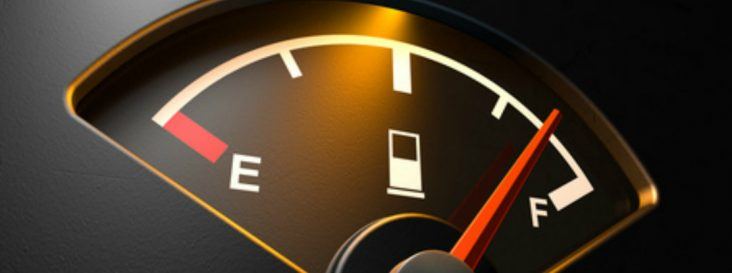Summer U.S. pump prices to remain above $2 per gallon, Arkansas averages remain below $2
by April 12, 2016 3:08 pm 251 views

During the 2016 April-through-September summer driving season, U.S. regular gasoline retail prices are forecast to average $2.04 per gallon, compared with $2.63 per gallon last summer, according to the U.S. Energy Information Administration’s short-term energy forecast and summer fuels outlook.
For all of 2016, the forecast average price is $1.94 for a gallon of regular unleaded, which if realized would save the average U.S. household about $350 on gasoline in 2016 compared with 2015, with annual average motor fuel expenditures at the lowest level in 12 years.
Lower international crude oil spot prices and narrower refining margins contribute to gasoline and diesel fuel retail prices that average about 60 cents per gallon lower than last summer, the monthly EIA report says. Compared with last summer, gasoline consumption is up 1.3% as retail prices are 23% lower and continuing employment and income growth contribute to increasing highway travel.
The national average price of gas declined on the week for the first time in nearly two months, though the drop was only about one cent, according to the AAA. Gas prices have moved higher for 28 of the past 35 days, and motorists are paying 13 cents more per gallon on the month. Today’s average of $2.05 per gallon is the lowest for this day since 2009 and average prices are about 35 cents per gallon cheaper than a year ago.
At the same time, the national average has spent 19 consecutive days above $2 per gallon, and pump prices are likely to fluctuate as the supply of summer-blend gasoline continues to make its way to terminals nationwide. Refineries are increasing their utilization rates, following the spring maintenance season, and as a result there is an increase in domestic gasoline inventories, the EIA reports.
California ($2.77) and Hawaii ($2.61) are the only two states with averages above the $2.50 per gallon benchmark. Motorists in the neighboring states of Nevada ($2.44), Washington ($2.29), and Alaska ($2.27) are paying some of the nation’s highest prices at the pump and round out the top five most expensive markets for retail gasoline. On the other end of the spectrum, retail averages in a total of 21 states are below $2 per gallon and consumers in Missouri ($1.80) and Oklahoma ($1.82) are paying nation’s lowest prices for gas.
In Arkansas, motorists are paying on average about $1.84 per gallon, one penny cheaper than last week but 7 cents higher than a month ago. Still, pump prices in the Natural State are well below a year ago, when drivers were paying $2.19 per gasoline for regular unleaded, AAA data shows.
Pump prices in the state’s metropolitan areas range from a low of $1.75 and $1.77 per gallon in the in the Fort Smith area and Northwest Arkansas. Prices in the Little Rock and Pine Bluff areas are much higher at $1.85 and $1.89 per gallon, respectively. Drivers in the Texarkana area on both sides of the state line are seeing prices at $1.84 per gallon, on average.
Other highlights of the EIA short-term energy report included:
• North Sea Brent crude oil prices averaged $38 per barrel (b) in March, a $6 per barrel spike from February. Both Brent crude prices and the U.S. premium grade, West Texas Intermediate (WTI), are forecasted to average $35 per barrel in 2016 and $41 per barrel in 2017. However, the values of futures and options contracts suggest high uncertainty in the price outlook, the EIA said.
• U.S. crude oil production averaged an estimated 9.4 million barrels per day in 2015. It is forecast to average 8.6 million barrels per day in 2016 and 8 million in 2017, which are both 100,000 barrels per day lower than forecast in last month’s report. EIA estimates that crude oil production in March 2016 averaged 9 million per day, 90,000 barrels per day below the February 2016 level.
• Natural gas inventories ended the winter heating season (March 31) at 2.478 billion cubic feet (Bcf), slightly above the previous end-of-March record high, set in 2012. End-of-March inventories were 67% above the level at the same time last year and 53% above the five-year average for that date. Henry Hub spot prices are forecast to average $2.18 per million British thermal units (MMBtu) in 2016 and $3.02 per MMBtu in 2017, compared with an average of $2.63 per MMBtu in 2015.
